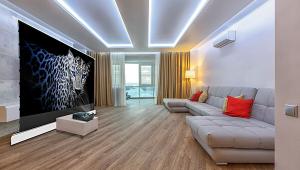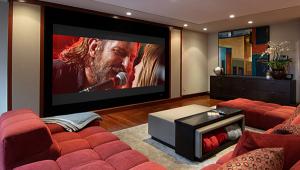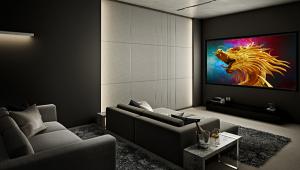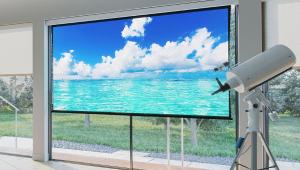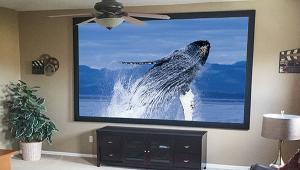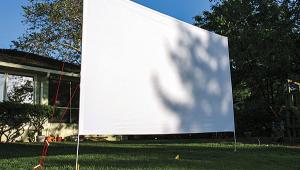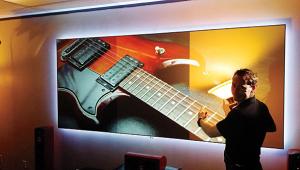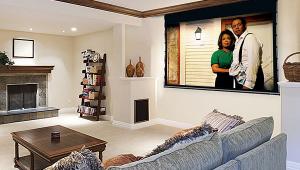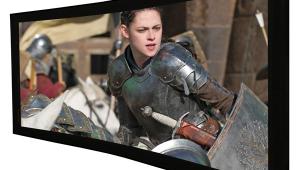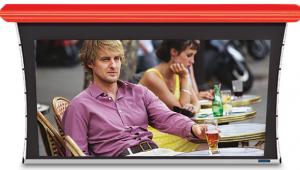There are some other benefits to a Black Diamond, even if you are using the screen in a totally dark room!
First off, it will keep the light from the projector from scattering off the screen and onto the walls and ceiling. We have a BD screen (1.4 gain G2 fixed) with a motorized screen that drops right in front of the Black Diamond. With the normal screen down, you get a CONSIDERABLE amount of light reflected onto the walls and ceiling...roll up the white screen and the Black Diamond keeps all of the light on the screen! This can make a HUGE difference if your room is not painted a dark color!
Secondly, since the screen is actually black (in a dark room), if you are doing a 2.40:1 screen, you don't need a masking system when you drop back down to 16:9! This will save you QUITE a bit of money, if you are considering going widescreen!
While I agree with the statement in the review that there is no "free lunch", I will say that these screens DO allow you to put a front projection system in rooms that you would normally never consider for front projection. The best light rejection is from light hitting the screen from the sides...if you have big bay windows directly opposite your screen, it's not going to do much to help. But, if you want to watch some TV with a lamp or two on in the room, it works WONDERFULLY! You will still want to kill the lights for a "reference" theater experience, but if you just want to watch the news or a ball game, this is perfect.
I will also add that these screens are particularly well suited to commercial applications...especially sports bars!
Personally, I would rather get a BD screen and a good projector than a 90" Sharp or 75" Samsung LED!



